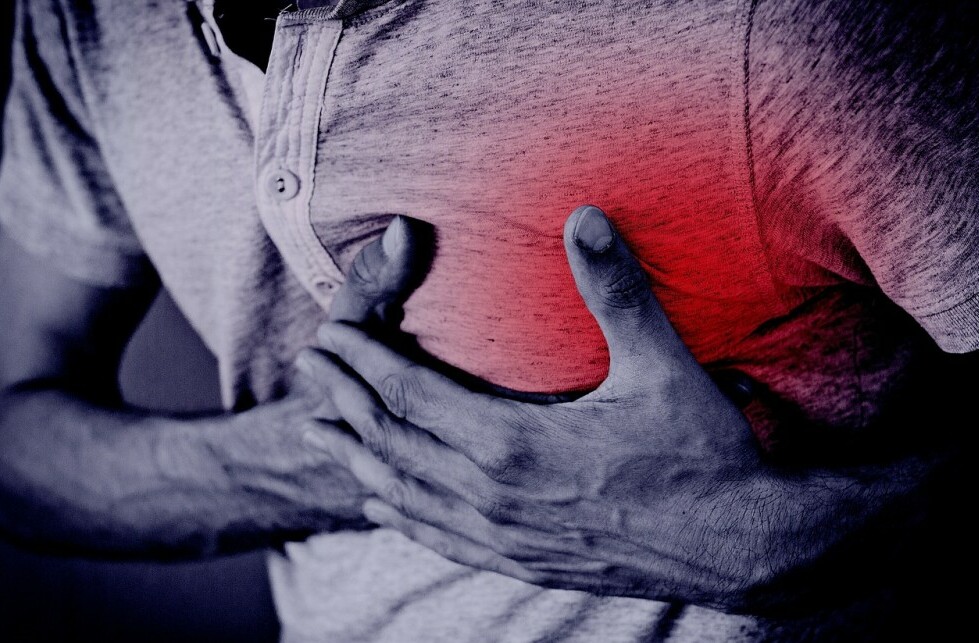When I walk through the supermarket aisles, I see myriad foods, many of which are processed to some degree. So, what exactly are processed foods? Simply put, these are foods that have been altered from their original state for safety, convenience, or to extend their shelf life. This includes canned vegetables, frozen fruits, and pasteurised dairy products.
The concept of processing foods isn’t new. In fact, our ancestors started processing foods to preserve them. Think salting meat or pickling vegetables. This practice allowed early humans to store food for longer periods, especially during times when fresh food wasn’t available.
In my experience, consuming processed foods in moderation isn’t necessarily harmful. However, I make it a point to scan the labels. This helps me keep track of the additives and preservatives in my family’s diet. After all, it’s what’s inside that counts.
Yet, there’s a not-so-fine line between simply processed foods and what’s known as ultraprocessed foods, which we’ll explore further. Remember, understanding this distinction is crucial in making informed dietary choices.
The Rise of Ultraprocessed Foods: An Overview
Ultraprocessed foods didn’t just flood the market overnight; their presence and popularity have been climbing for decades. They are fundamentally distinct from basic processed foods, primarily because ultraprocessed selections often contain little to no intact whole foods. They are typically made from substances extracted from foods, such as oils, fats, sugar, starch, and proteins, or derived from food constituents like hydrogenated fats and modified starch.

A stroll through any supermarket aisle will reveal numerous examples: soft drinks, sweet or savoury packaged snacks, reconstituted meat products like chicken nuggets, and instant noodles, to name a few. The composition of these foods includes a list of additives to create or intensify flavours, colour, sweeteners, emulsifiers, and preservatives.
The boom in ultraprocessed foods can be pinned down to a combination of factors, including aggressive marketing, the shelf-stable nature of the products, and, notably, their convenience. In a fast-paced society, time for meal preparation is often limited, pushing many towards the quick and easy options provided by ultraprocessed foods.
Ultraprocessed foods are appealing for a myriad of reasons. Marketing efforts often tout them as the modern solution to the demands of a busy life. With their vibrant packaging, extended shelf life, and the allure of instant gratification, it’s easy to see why they’ve become a staple in diets worldwide. However, their nutritional paucity compared to less processed alternatives is a price that might be too high.
Nutritional Profiles: Processed vs Ultraprocessed Foods
When you compare the nutritional content of processed and ultraprocessed foods, the differences can be stark. Processed foods might retain some essential nutrients, whereas ultraprocessed options often lack these beneficial components. Instead, they’re commonly packed with additives, sweeteners, and artificial flavours that can elevate calories and reduce overall nutrient density.
Additives and preservatives play a big role in extending the shelf life of ultraprocessed items, but they don’t add nutritional value. The extensive use of artificial flavours aims to enhance taste but can also encourage overeating. Understanding these additions is crucial in assessing the healthfulness of your food choices.
The prevalence of ultraprocessed foods in modern diets has raised concerns among health professionals. These foods often contribute to a decrease in diet quality because they can displace whole, nutrient-rich foods. It’s important to consider how eating these foods can affect your intake of vitamins, minerals, and fibre- all essential for maintaining good health.
Then there’s the issue of interpreting nutritional labels, which is not always straightforward. However, it’s a skill that reaps long-term health benefits. I’m adamant that people SHOULD be able to discern between misleading claims and factual nutritional information. Look out for high levels of sugar, fat, and sodium as indicators that a food might be ultraprocessed.
The upshot of consuming an abundance of ultraprocessed foods isn’t just about nutrient deficiency; it’s about setting the stage for negative health outcomes. With that in mind, it’s time to segue into the specific health consequences associated with a diet revolving around ultraprocessed foods.
The Health Consequences of a Diet High in Ultraprocessed Foods
You may find the convenience of ultraprocessed foods enticing, but it’s worth considering their impact on health. Diets abundant in ultraprocessed items have been strongly linked to a range of health complications. Obesity rates, for example, have risen in parallel with the increased consumption of these foods. The high-calorie, low-nutrient makeup often leads to excess weight gain and a higher body mass index.
Heart disease is another serious concern. Many ultraprocessed foods contain high levels of sodium, saturated fats, and trans fats, all known to increase the risk of cardiovascular problems. A diet rich in these unhealthy components can lead to higher blood pressure, elevated cholesterol levels, and increased susceptibility to heart attacks and strokes.

The prevalence of type 2 diabetes is also troubling. High sugar content and refined carbohydrates in ultraprocessed foods cause rapid spikes in blood sugar. Over time, this can contribute to insulin resistance and the eventual onset of diabetes. Regular consumption of ultraprocessed foods can disrupt the body’s normal metabolic processes, posing significant health risks.
Recent scientific studies offer a stark warning: those with diets heavy in ultraprocessed foods show a higher incidence of various chronic diseases. Nutrition experts advise paying close attention to food labels and making conscious dietary choices to avoid these pitfalls.
Some may find it challenging to break habits formed around the ease and quick gratification of ultraprocessed foods. However, personal accounts attest to the profound benefits of altering one’s diet. People who have successfully reduced their intake often report improved energy levels, better digestion, and overall well-being.
Empowering Consumers: Making Healthier Food Choices
I’ve talked extensively about the stark contrasts between processed and ultraprocessed foods, and I’ve outlined the significant health risks associated with high consumption of ultraprocessed items. Now, I want to leave you with a sense of agency over your dietary choices. You have the power to shape your health outcomes by being mindful of the foods you consume.
Let me share some straightforward strategies for reducing your intake of processed and particularly ultraprocessed foods. Make whole, unprocessed foods the star of your meals. Incorporate more fruits, vegetables, lean proteins, whole grains, and nuts into your diet. These foods not only contribute to overall health but also help you avoid the pitfalls of ultraprocessed food consumption.
Planning is essential. Start by making a grocery list focused on fresh ingredients, and stick to it. Avoid the inner aisles of the grocery store, which are often where the most heavily processed foods reside. Instead, shop the perimeter where fresh produce and whole foods are usually found.
Educating yourself and your family about nutrition is crucial. Understanding how to read food labels is an empowering tool that enables you to make informed choices. Remember, if the ingredient list is long and filled with items you can’t pronounce, it’s likely ultraprocessed.
Finally, I want you to know that these changes don’t have to happen overnight. Small, consistent shifts in your diet can lead to significant health improvements over time. It all starts with a single choice at your next meal. Here’s to your journey toward better health and a more vibrant life.
